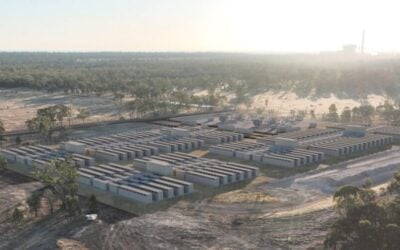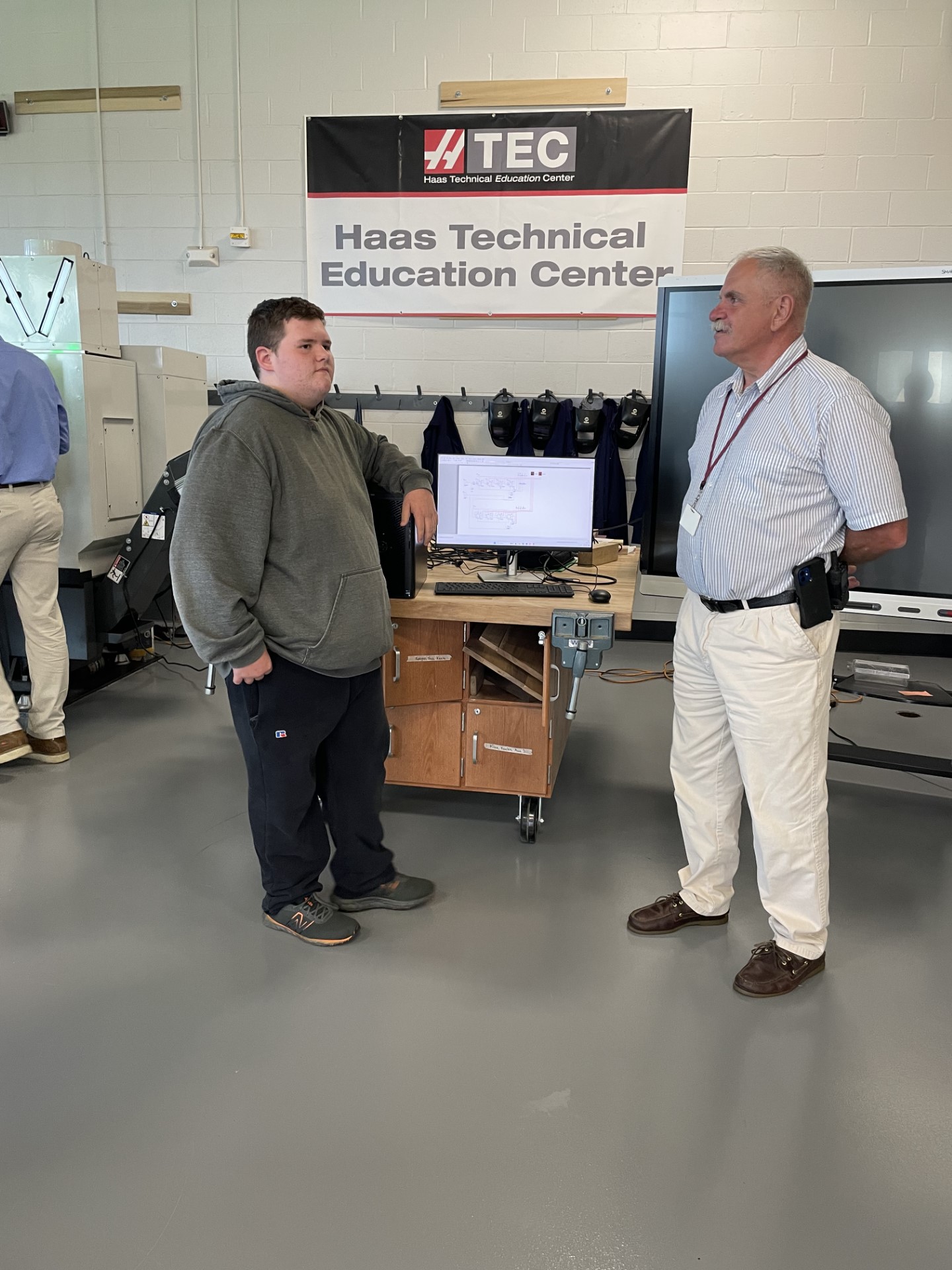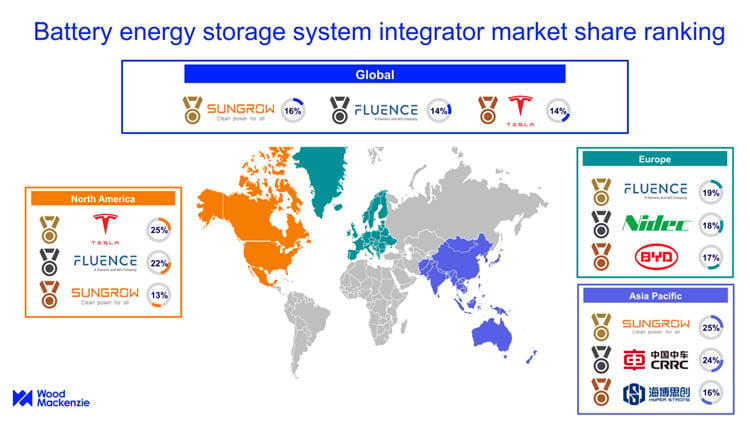Report on Hydrostor’s A-CAES Project Funding and SDG Alignment
Executive Summary
Hydrostor, a developer of Advanced Compressed Air Energy Storage (A-CAES), has secured US$55 million in financing from Export Development Canada (EDC). This funding is designated for the advancement of a 1,600MWh long-duration energy storage project in Australia. The project is a significant step towards enhancing renewable energy infrastructure and demonstrates a strong alignment with several United Nations Sustainable Development Goals (SDGs), particularly those concerning clean energy, innovation, climate action, and global partnerships.
Project and Funding Details
Project Specifications
- Technology: Advanced Compressed Air Energy Storage (A-CAES)
- Developer: Hydrostor
- Capacity: 1,600MWh (1.6GWh)
- Location: Australia
- Purpose: To provide large-scale, long-duration energy storage to support grid stability and the integration of renewable energy sources.
Financial Investment
- Amount: US$55 million
- Source: Export Development Canada (EDC)
- Objective: To advance the development and implementation of the A-CAES facility.
Contribution to Sustainable Development Goals (SDGs)
SDG 7: Affordable and Clean Energy
The project directly supports the objectives of SDG 7 by developing critical infrastructure for clean energy.
- It enables the storage of excess energy generated from intermittent renewable sources, such as solar and wind, ensuring a reliable and continuous supply of clean power.
- By enhancing grid stability, the A-CAES facility facilitates a higher penetration of renewables into the national energy mix, contributing to a more sustainable and affordable energy system.
SDG 9: Industry, Innovation, and Infrastructure
The implementation of A-CAES technology represents a significant contribution to SDG 9.
- The project fosters innovation in the energy sector by deploying an advanced, non-lithium-ion, long-duration storage solution.
- It involves the construction of resilient and sustainable infrastructure essential for a modern, low-carbon economy.
SDG 13: Climate Action
This initiative is a crucial component of climate change mitigation efforts, aligning with SDG 13.
- By providing a viable alternative to fossil fuel-based peaker plants, the energy storage facility will help reduce greenhouse gas emissions.
- The project supports Australia’s transition to a net-zero economy by addressing the challenge of renewable energy intermittency.
SDG 17: Partnerships for the Goals
The funding arrangement exemplifies the global cooperation required to achieve the SDGs, as outlined in SDG 17.
- The partnership between a Canadian federal agency (EDC) and a project based in Australia demonstrates a cross-border commitment to financing sustainable development.
- This international collaboration mobilizes financial resources and technology transfer to accelerate the global transition to sustainable energy.
Analysis of Sustainable Development Goals (SDGs) in the Article
1. Which SDGs are addressed or connected to the issues highlighted in the article?
- SDG 7: Affordable and Clean Energy: The article focuses on a large-scale energy storage project (1.6GWh A-CAES). Energy storage is critical for ensuring a stable and reliable supply of clean energy, particularly from intermittent renewable sources like solar and wind. This project directly contributes to building modern and sustainable energy infrastructure.
- SDG 9: Industry, Innovation, and Infrastructure: The development of an Advanced Compressed Air Energy Storage (A-CAES) facility represents an investment in innovative and sustainable infrastructure. This technology enhances the resilience and sustainability of the energy grid, which is a core component of modern industrial infrastructure.
- SDG 13: Climate Action: By facilitating the integration of more renewable energy into the grid, energy storage projects like the one described help reduce reliance on fossil fuels. This directly contributes to mitigating climate change by lowering greenhouse gas emissions from the power sector.
- SDG 17: Partnerships for the Goals: The article highlights a cross-border partnership, with Export Development Canada (EDC) providing US$55 million in funding for a project in Australia. This international financial cooperation is essential for mobilizing resources to achieve sustainable development goals.
2. What specific targets under those SDGs can be identified based on the article’s content?
- Target 7.2: By 2030, increase substantially the share of renewable energy in the global energy mix. The 1.6GWh A-CAES project supports this target by providing the necessary storage capacity to make intermittent renewable energy sources a more reliable and substantial part of the energy grid.
- Target 7.a: By 2030, enhance international cooperation to facilitate access to clean energy research and technology… and promote investment in energy infrastructure and clean energy technology. The funding of US$55 million from Canada’s export credit agency (EDC) for an Australian clean energy project is a direct example of international cooperation and investment in clean energy infrastructure.
- Target 9.4: By 2030, upgrade infrastructure and retrofit industries to make them sustainable, with increased resource-use efficiency and greater adoption of clean and environmentally sound technologies and processes. The A-CAES project is an implementation of a clean and environmentally sound technology designed to upgrade and modernize energy infrastructure for greater sustainability.
- Target 13.2: Integrate climate change measures into national policies, strategies and planning. Large-scale energy storage projects are a key strategy for decarbonizing the electricity grid, which is a central part of national climate action plans aimed at reducing emissions.
3. Are there any indicators mentioned or implied in the article that can be used to measure progress towards the identified targets?
- Indicator for Target 7.2: The article specifies the project’s capacity as “1,600MWh” (or 1.6GWh). This figure serves as a direct quantitative indicator of the “Installed electrical generating capacity from renewable sources,” as energy storage capacity is a critical enabler for increasing renewable generation capacity.
- Indicator for Target 7.a: The “US$55 million in funding from Export Development Canada (EDC)” is a specific financial figure that can be used to measure progress. This aligns with the indicator tracking “International financial flows to developing countries in support of clean energy research and development and renewable energy production,” with the principle of international financial flows being applicable here.
SDGs, Targets, and Indicators Summary
| SDGs | Targets | Indicators |
|---|---|---|
| SDG 7: Affordable and Clean Energy | 7.2: Increase substantially the share of renewable energy in the global energy mix. 7.a: Enhance international cooperation… and promote investment in energy infrastructure and clean energy technology. |
– Installed energy storage capacity: 1,600MWh (1.6GWh). – International financial flow for clean energy: US$55 million from EDC (Canada) to a project in Australia. |
| SDG 9: Industry, Innovation, and Infrastructure | 9.4: Upgrade infrastructure… with greater adoption of clean and environmentally sound technologies. | – Investment in sustainable infrastructure: US$55 million for an A-CAES project. |
| SDG 13: Climate Action | 13.2: Integrate climate change measures into national policies, strategies and planning. | – Development of large-scale clean energy infrastructure (1.6GWh A-CAES site) as part of a decarbonization strategy. |
| SDG 17: Partnerships for the Goals | 17.3: Mobilize additional financial resources… from multiple sources. | – Mobilization of financial resources for a sustainable project: US$55 million from an international source (EDC). |
Source: energy-storage.news







